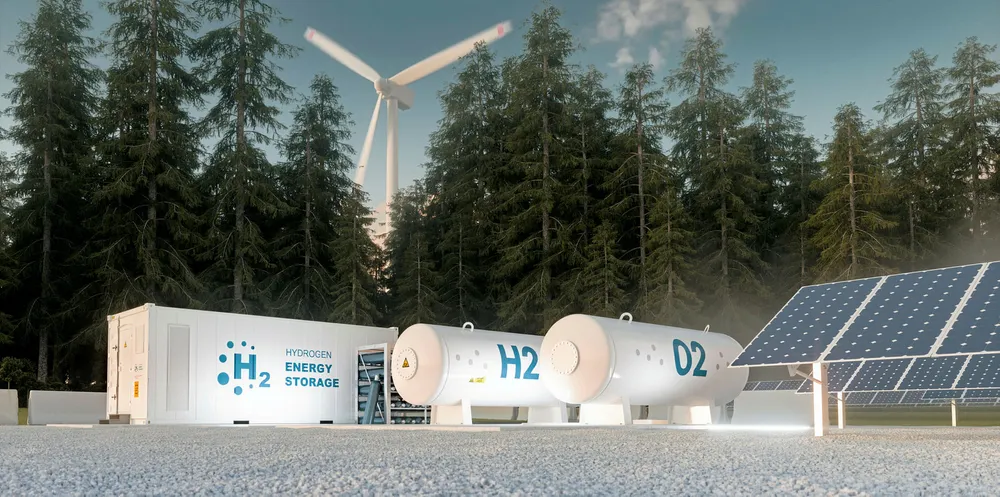EU aims to make green hydrogen cost-competitive within two years: leaked strategy document
European Commission wants to support the production of gigawatts of clean H2 from renewables, according to draft of its hydrogen strategy

European Commission wants to support the production of gigawatts of clean H2 from renewables, according to draft of its hydrogen strategy
